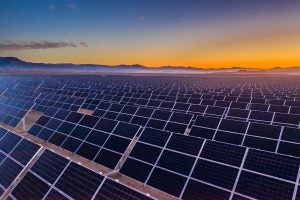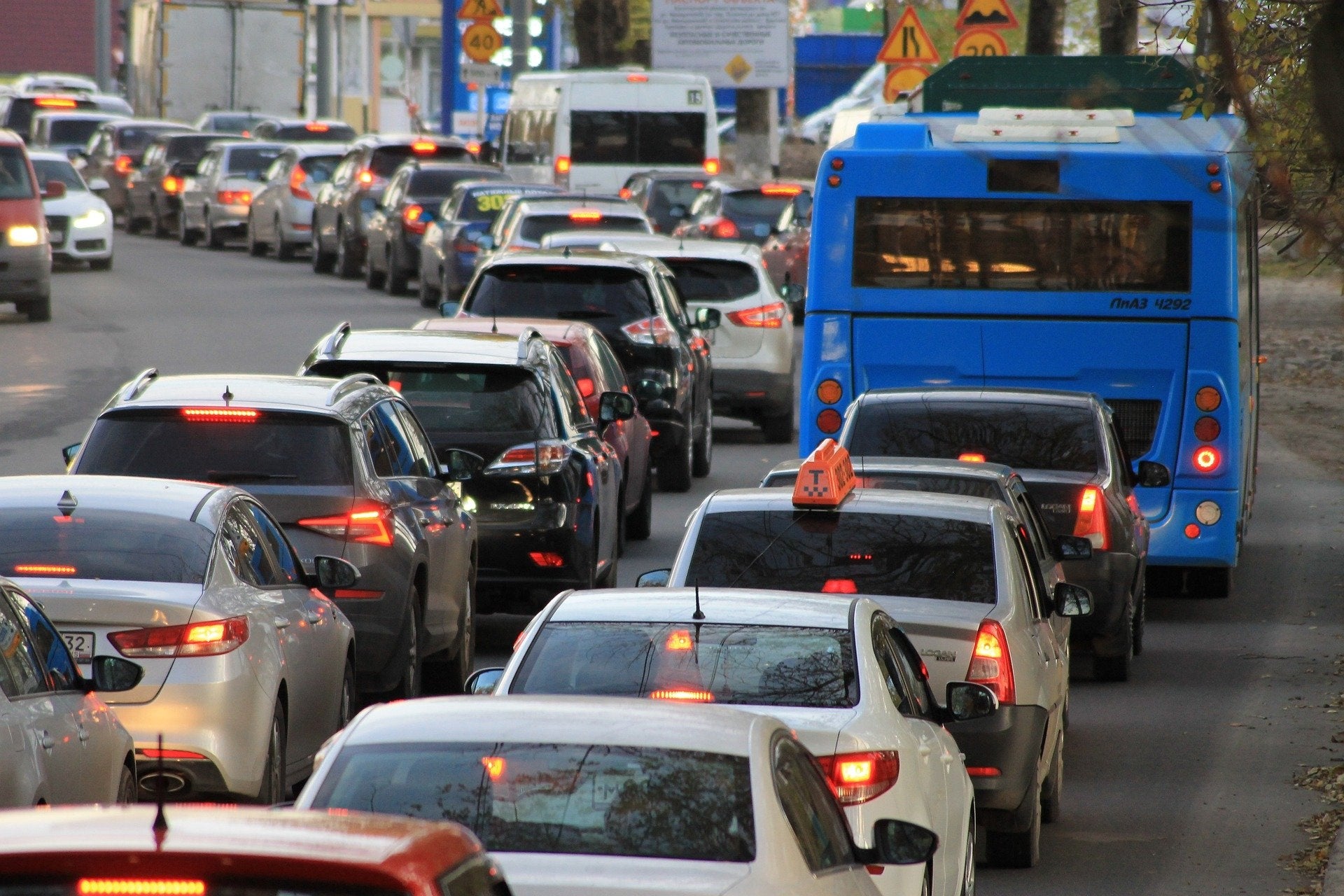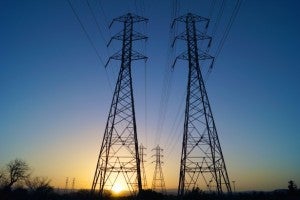We know that solar power helps replace fossil fuel generation, getting the world closer to the international goal of keeping global warming to 1.5°C. But does it have other benefits? What happens to people’s health if we replace coal generation with solar power?
The Atacama Desert in northern Chile is one of the world’s most extreme landscapes. It is often used by NASA and film companies to stand in for Mars and is the sunniest place on Earth. It is also the best place in the world for solar power.
Since 2012, Chile has installed over 3300MW of solar power throughout the country, with a large percentage built in the regions in and surrounding the Atacama Desert. This rapid introduction of large-scale solar capacity makes the Atacama region a perfect case study for us to look at the health benefits of solar power replacing fossil fuel generation.
Due to Chile’s heavy reliance on fossil fuels, the country’s power sector releases large amounts of local air pollutants, including sulfur dioxide (SO2), nitrogen oxides (NOX), mercury (Hg) and particulate matter (PM). All of these pollutants are associated with adverse health effects, along with increased hospital admissions, mortality risks and threats to life expectancy. Annual air pollution in Chile generally exceeds life-threatening levels with daily average fine PM concentrations well above World Health Organization guidelines. Thus, Chile’s growing reliance on renewables is extremely important from a health perspective.
To that end, my co-authors and I have spent the past two years investigating the health benefits that solar generation produced in northern Chile due to this massive solar expansion. Our research found that the investments in solar capacity led to a displacement of daily coal- and gas-fired power generation. We estimated a direct, causal link between greater installed solar capacity and fewer cardiovascular and respiratory admissions due to reduced pollution from fossil fuel generation. Importantly, reductions were largest among the most vulnerable age groups: infants, children (ages 6–14), and seniors.
To estimate the effect, we relied upon wind direction to identify which cities were downwind of and close to the fossil fuel plants we found to be displaced by solar. For the populations living within 10km of displaced plants, we estimate that 1GWh of solar generation reduced annual respiratory hospital admissions by 13% on average. Similar findings, with decreasing magnitudes, occur in cities 50km and 100km downwind of displaced coal and gas-fired generation.
Our conclusions remained unchanged after several robustness checks, including the use of cities upwind of displaced facilities and those downwind of non-displaced units, as well as the use of hospital admissions of patients with diseases presumably not related to air pollution.
This research quantifies some of the benefits that solar power can provide in terms of reducing health impacts of air pollution in developing nations, yet our findings are likely an underestimate of the total health benefits that can emerge from solar generation. This is because:
- Chile’s northern region has limited healthcare infrastructure. This means any reduction in hospitalizations increases the number of hospital beds available, which helps reduce the number of untreated unrelated injuries and illnesses.
- Reductions in air pollution exposure for young children and infants has a lifelong benefit in terms of reduced illnesses and improved economic outcomes.
- As demonstrated in both the US and India, disadvantaged populations often live closer to large air polluters. If this is the case, improvements in air quality may also help to reduce inequality.
- Though the area we studied has relatively low population density, we were able to estimate a significant benefit on health outcomes- thus, solar’s contribution to cleaner air will produce even larger benefits in more populated regions or countries.
Our research is a working paper published in the Environmental Defense Fund Economics Discussion Paper Series. You can download the paper for free here. This blog was co-authored with Nathaly M. Rivera, Research Fellow at the University of São Paulo.












 generally based on the costs associated with the goods’ production, including the raw materials used to generate them, the labor associated with their manufacturing, and so on. However, when it comes to pricing residential electricity, many regulators choose to use a flat price per unit of electricity (kilowatt-hours, or kWh) that unfortunately fails to adequately reflect the underlying
generally based on the costs associated with the goods’ production, including the raw materials used to generate them, the labor associated with their manufacturing, and so on. However, when it comes to pricing residential electricity, many regulators choose to use a flat price per unit of electricity (kilowatt-hours, or kWh) that unfortunately fails to adequately reflect the underlying  By:
By: